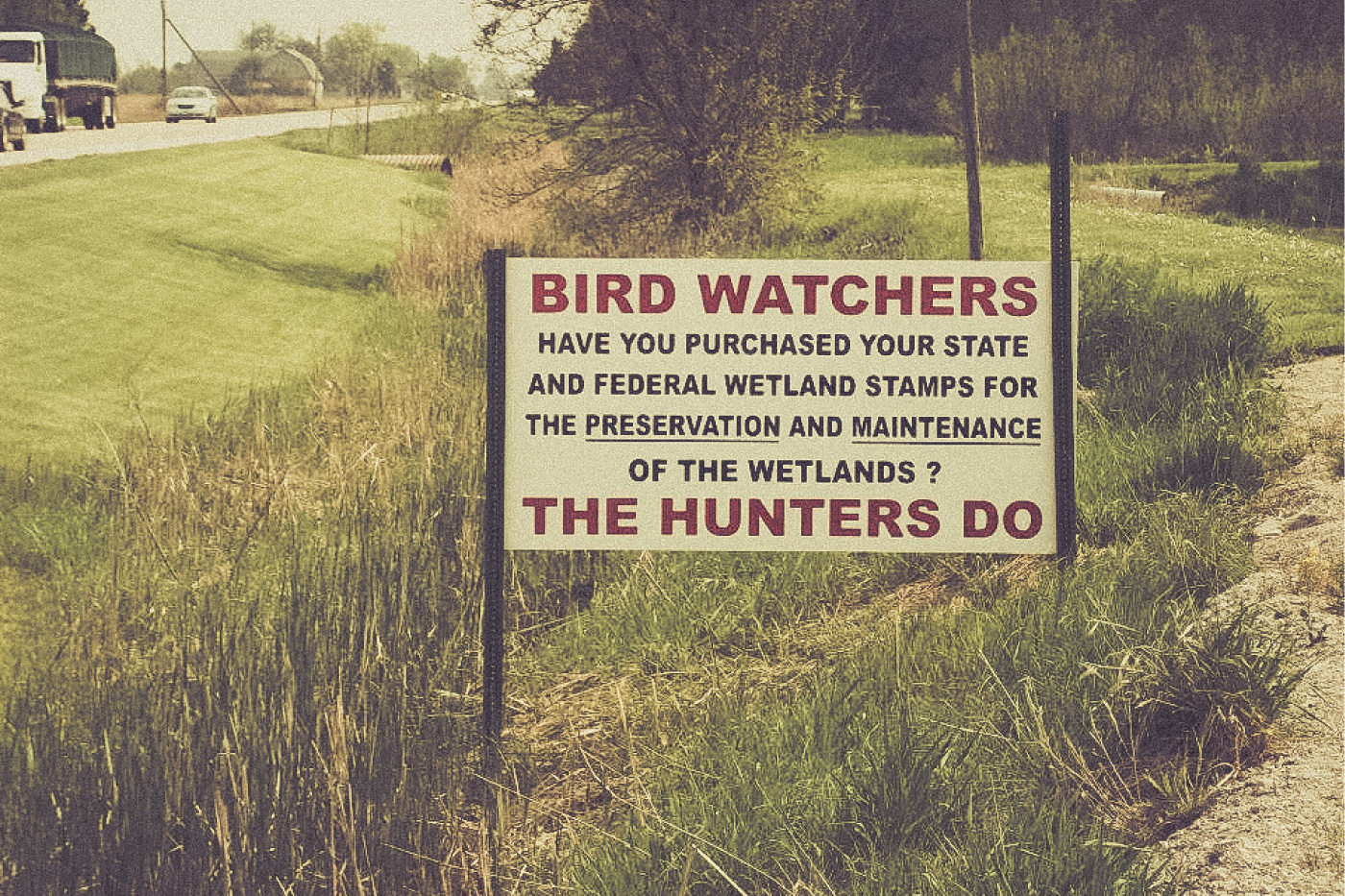Home » News » The Truth About Suburban Buck Core Areas
The Truth About Suburban Buck Core Areas

A.J. DeRosa founded Project Upland in 2014 as an excuse…
The Rut
Mainstream hunting media is full of factually sound and well-researched knowledge on whitetail behavior, like a set standard of a buck’s core area. For instance, the common agreement in the industry is that a whitetail buck core area will be approximately one square mile for their entire life. We have no intentions on debating what we feel is a very relevant theory in rural areas. That idea stems from uninterrupted patterns, a consistent environment and normal rutting behavior.
For us urban hunters and millions of other deer hunters in North America, however, suburban and urban environments are what represent our hunting grounds. And that can change deer behavior drastically. Although whitetails still have the desire to maintain relatively habitual lifestyles, it is far easier said than done when it comes to life in the ’burbs.
Urban Deer Complex 2.0
Like most subjects covered in the Urban Deer Complex 2.0, traditional methodologies and theories become far more irrelevant and reality far more complicated for the urban/suburban hunter. Core areas can be vastly shrunk, grown, or abruptly changed. This adds to the already seemingly impossible skill of patterning a mature whitetail.
In Urban Deer Complex 2.0, we explain some of the very distinct personalities mature suburban bucks can develop over time. An all-time favorite, ‘The Pocket Ghost,’ is a deer that uses a small suburban pocket of woods as its primary core area. They are often just that — ghosts. They restrict much of their movement to darkness as their regular core area consists of people’s yards and other human-developed features.
This article is not meant for you to perfect advanced tactics on such a whitetail, or the more regularly patterned buck ‘The Swamp Monster’. This is meant to bring to light one of the most frustrating and impossible truths in suburban and urban deer hunting — the rut.
The rut, as we all know it, is a frenzy of reckless deer behavior marked by the consistent chaos that seems completely devoid of reason. Many of us will welcome that window of opportunity for bucks to make their daylight mistakes. That’s all fun and good, and often relies heavily on luck. The tragic and frustrating result is a viciously unforgiving late season.
Post Rut
After the dust settles from all the random chases, mating frenzies and breeding, we like to think that deer will return to their core area. Unfortunately in suburban America, what was a run of joyous mating rites now has become a deer’s nightmare. That highway they bounded across, the parking lot they ran circles in, the schoolyard they casually passed through and whatever other human-infested obstacle they boldly ventured through in the fogged mindset of the rut has now become an almost impossible challenge.
The now level-headed buck cannot simply waltz back to its bedding area since what may be a simple one-mile trek for a rural giant has now become a gauntlet for your suburban whitetail crush. It often renders useless hunting theories based on bucks returning to core areas in late season. Above all, it creates a frustration that far too many suburban deer hunters will face each winter: the reality that their well-patterned buck may well not return until after the season, or even more devastating, that their buck has taken up residence in an entirely new core area.
This is the truth about suburban buck core areas.
And it is a theory to consider when making plans to effectively hunt your buck of a lifetime. When presented with the true fear of this potential impending doom, it’s all the more reason to hunt the early season more aggressively. Leave the idea of the late season redemption a long shot if needed.
The fragmented nature of suburban and urban environments makes swings in deer behavior more drastic. This is a hard truth to swallow when our bucks do not return to their “core” areas. It leaves plenty of doubt in our minds to that animal’s fate and questions whether he is even alive. This is the dose of reality we often need to understand the importance of the hunting in the now.
It’s not uncommon to suddenly find a buck you were hunting a few miles away in a different spot you previously never recorded. This is part of why casting a big net on scouting and active trail camera use all year long, even in areas you do not hunt, may be a good idea. And it might just save you from the heartbreak that is the suburban buck core area paradox.
We would love to hear your experience with any of these core area changes, so leave comments below!
A.J. DeRosa founded Project Upland in 2014 as an excuse to go hunting more often (and it worked). A New England native, he grew up hunting and has spent over 30 years in pursuit of big and small game species across three continents. He started collecting guns on his 18th birthday and eventually found his passion for side-by-side shotguns, inspiring him to travel the world to meet the people and places from which they come. Looking to turn his passion into inspiration for others, AJ was first published in 2004 and went on to write his first book The Urban Deer Complex in 2014. He soon discovered a love for filmmaking, particularly the challenge of capturing ruffed grouse with a camera, which led to the award-winning Project Upland film series. AJ's love for all things wild has caused him to advocate on the federal and state levels to promote and expand conservation policy, habitat funding, and upland game bird awareness. He currently serves as the Strafford County New Hampshire Fish & Game Commissioner in order to give back to his community and to further the mission of the agency. When those hunting excuses are in play, you can find him wandering behind his Wirehaired Pointing Griffon in the mountains of New England and anywhere else the birds take them.




Very Cool idea! Love the layout and everything associated with it.. I just found your page a few weeks ago..
these are some of the hunts we filmed.. We mainly just hunt urban deer before duck season starts.. And I do believe it is much different from hunting a deer in a “uncivilized area”
Austin
I based my whole hunting season on your book ! And it payed off for me ! I am located in nj and all the big bucks are hiding in the houses ! I met you in Edison at the outdoorsman show to purchase another book for a buddy ! I highly recommend this book for all hunters ! Thanks for opening my eyes !
I arrowed a 9 pointer on opening morning of NH’s archery season (Sept. 15th) two years ago. He field dressed 150 lbs and was traveling with a true “Monster buck” that was well over 200 lbs. Never had an ethical shot at him so I took the 9 ptr at 9 yards. Both bucks were in velvet. The “Monster” circled around downwind of me after I arrowed the 9 ptr and winded me. I heard him snorting several times. I did not get a complete passthrough because of the angle and so I left the deer for a few hours. When I came back he was stone cold dead and stiff about 70 yards away – ample time for the “Monster” to put two and two together. I’d been following these two bucks for 2 years and had managed to “figure out” their pattern. After arrowing this buck I left this spot alone the rest of the season because I had other areas to hunt and after harvesting one of these bucks I wanted to leave the other one alone. I fully expected him to survive another season on one of two tracts of posted land on either side of the property I hunted – as he’d done for the past two years. By season’s end I’d not heard of anyone harvesting him. This spring I resumed trail camming and scouting and quickly realized he was no where to be found. It could be that he was hit by a car – or succumbed to starvation/coyotes in the winter. Although I suspect that a more plausible reason for his absence was the fact that he witnessed his buddy get killed right in their core area and decided to either relocate his home range to the posted land full-time or moved to another core area.
I’ve been tryinging to pattern a 12 pointer for two years now. He only makes his appearance around 10/28-11/3 each year on camera. He’s a neighborhood monster, and I haven’t seen him any other time in the year. Thanks for the good read.
ive been hunting a small back yard (5acres?) for the past few years and I”m always shocked at what I jump as I walk to my stand. I hunt for the freezer so a fat doe will often do me just fine but I’m waiting on a monster to come running after those does. A few scrapes tell me they’re there but I’ve seen nothing with my own two eyes. wish me luck this season. I”m a big fan of your articles, btw.